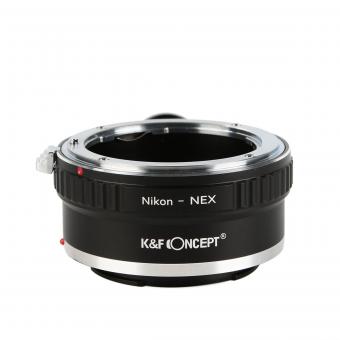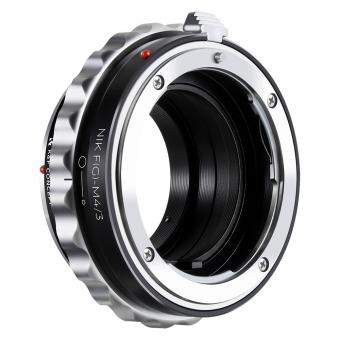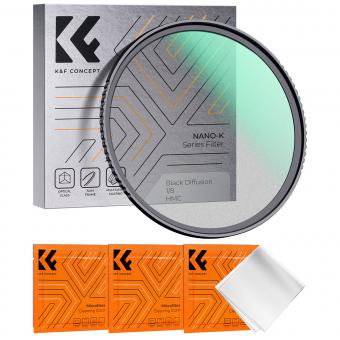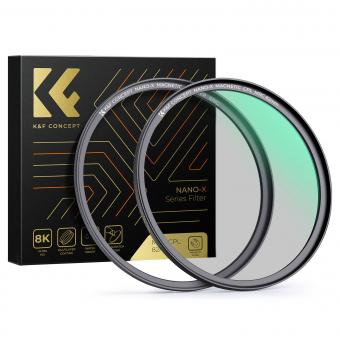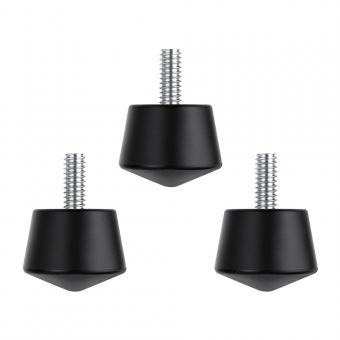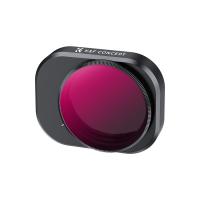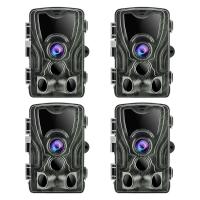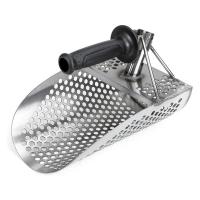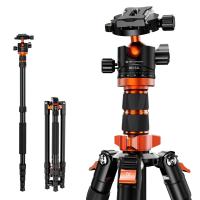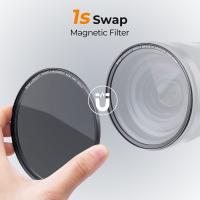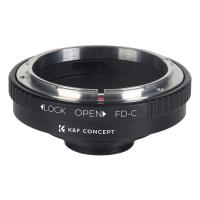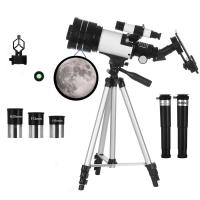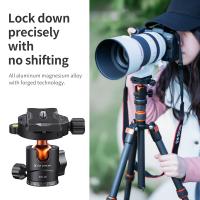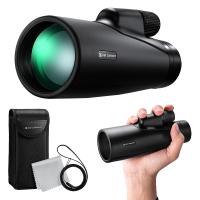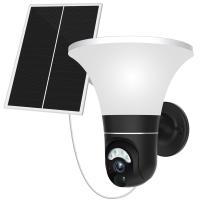Are Endoscopes Sterile ?
Endoscopes are typically not sterile when they are initially manufactured. However, they undergo a rigorous process of cleaning and disinfection before being used on patients. This process involves thorough cleaning to remove any debris or organic material, followed by high-level disinfection or sterilization to eliminate or reduce the presence of microorganisms. The specific method used for cleaning and disinfection depends on the type of endoscope and the manufacturer's instructions. It is crucial to follow strict protocols and guidelines to ensure the safety and effectiveness of endoscopes during medical procedures.
1、 Sterilization methods for endoscopes in healthcare settings
Sterilization methods for endoscopes in healthcare settings are crucial to ensure patient safety and prevent the transmission of infections. Endoscopes are intricate medical devices used for visualizing and diagnosing various conditions within the body. As they come into direct contact with mucous membranes and bodily fluids, it is essential that endoscopes are properly sterilized before each use.
Endoscopes undergo a multi-step cleaning and disinfection process known as high-level disinfection (HLD). This process involves manual cleaning to remove organic debris, followed by disinfection using chemical agents or automated reprocessing systems. HLD effectively eliminates most microorganisms, including bacteria, viruses, and fungi, but it does not guarantee complete sterilization.
Complete sterilization of endoscopes is challenging due to their complex design, which includes narrow channels and hard-to-reach areas. Additionally, some microorganisms, such as prions, are highly resistant to traditional disinfection methods. Therefore, endoscopes are considered "high-level disinfected" rather than "sterile."
To further enhance patient safety, healthcare facilities are implementing additional measures to minimize the risk of infection transmission. These include the use of disposable components, such as single-use valves and brushes, and the implementation of stringent quality control measures to ensure proper cleaning and disinfection protocols are followed.
The latest point of view emphasizes the need for continuous improvement in endoscope reprocessing techniques. Research is ongoing to develop new technologies and methods that can achieve higher levels of sterilization. For example, some studies have explored the use of advanced disinfection techniques like hydrogen peroxide vapor or ultraviolet light to enhance the effectiveness of endoscope reprocessing.
In conclusion, while endoscopes undergo high-level disinfection, they are not considered sterile. Healthcare facilities must adhere to strict cleaning and disinfection protocols to minimize the risk of infection transmission. Ongoing research and advancements in reprocessing techniques aim to further improve the safety and effectiveness of endoscope sterilization.
2、 Importance of maintaining sterility in endoscope reprocessing procedures
Endoscopes are not inherently sterile. They are medical devices that come into contact with various bodily fluids and tissues during procedures, making them susceptible to contamination by microorganisms. Therefore, it is crucial to maintain sterility in endoscope reprocessing procedures to ensure patient safety and prevent the transmission of infections.
The importance of maintaining sterility in endoscope reprocessing procedures cannot be overstated. Failure to properly clean and disinfect endoscopes can lead to the retention of organic material, such as blood, mucus, and tissue, which can harbor bacteria and other pathogens. If these contaminants are not effectively removed, they can survive the disinfection process and be transmitted to subsequent patients, potentially causing infections.
Recent studies and incidents have highlighted the significance of strict adherence to proper reprocessing protocols. For example, outbreaks of multidrug-resistant infections, such as carbapenem-resistant Enterobacteriaceae (CRE), have been linked to inadequate endoscope reprocessing. These incidents have prompted regulatory agencies and professional organizations to revise and reinforce guidelines for endoscope reprocessing.
To maintain sterility, endoscope reprocessing procedures typically involve several steps, including pre-cleaning, leak testing, manual cleaning, high-level disinfection or sterilization, and drying and storage. Each step must be performed meticulously, following manufacturer instructions and established guidelines. Additionally, regular monitoring and quality assurance programs should be implemented to ensure the effectiveness of the reprocessing procedures.
In conclusion, endoscopes are not sterile, and maintaining sterility in endoscope reprocessing procedures is of utmost importance. Adhering to proper reprocessing protocols is essential to prevent the transmission of infections and ensure patient safety. Continuous education, training, and monitoring are necessary to stay updated with the latest guidelines and best practices in endoscope reprocessing.
3、 Guidelines for ensuring endoscope sterility during storage and transportation
Endoscopes are medical devices used for diagnostic and therapeutic procedures, and ensuring their sterility is crucial to prevent infections and cross-contamination. Guidelines for ensuring endoscope sterility during storage and transportation have been established to minimize the risk of microbial contamination.
According to these guidelines, endoscopes should be thoroughly cleaned and disinfected after each use using validated processes. This includes manual cleaning, followed by high-level disinfection or sterilization, depending on the type of endoscope and its intended use. Proper drying of the endoscope is also essential to prevent the growth of microorganisms.
Once the endoscope is cleaned and disinfected, it should be stored in a designated area that is clean, dry, and well-ventilated. The storage area should be free from dust, moisture, and direct sunlight. Endoscopes should be stored in a manner that prevents contact with other instruments or surfaces that may cause contamination.
During transportation, endoscopes should be protected from physical damage and kept in a clean and secure container. The container should be properly labeled to indicate the contents and any necessary precautions. It is recommended to use a transport container that allows for adequate ventilation and prevents the accumulation of moisture.
The latest point of view regarding endoscope sterility emphasizes the importance of regular monitoring and quality assurance programs. This includes routine testing of endoscope channels and accessories for microbial contamination, as well as periodic assessment of cleaning and disinfection processes. Additionally, there is ongoing research and development in the field of endoscope reprocessing to improve the effectiveness and safety of these procedures.
In conclusion, guidelines for ensuring endoscope sterility during storage and transportation are in place to minimize the risk of infections and cross-contamination. Proper cleaning, disinfection, drying, storage, and transportation practices are essential to maintain endoscope sterility. Regular monitoring and quality assurance programs are also important to ensure the effectiveness of these processes.
4、 Sterility assurance testing for endoscopes and related equipment
Sterility assurance testing for endoscopes and related equipment is a critical aspect of ensuring patient safety during medical procedures. Endoscopes are used to visualize and diagnose various conditions within the body, and it is essential that they are sterile to prevent the transmission of infections.
Endoscopes undergo a rigorous cleaning and disinfection process after each use. This process involves manual cleaning, followed by high-level disinfection or sterilization, depending on the type of endoscope and its intended use. However, despite these measures, there have been instances of endoscope-associated infections (EAIs) reported in the past.
To address this concern, there has been a growing focus on improving the sterility assurance of endoscopes. The latest point of view emphasizes the need for enhanced cleaning and disinfection protocols, as well as the implementation of additional measures such as sterilization or the use of disposable components.
Several studies have highlighted the challenges associated with achieving complete sterility of endoscopes. The complex design of endoscopes, with their narrow channels and intricate parts, makes thorough cleaning and disinfection difficult. Additionally, biofilms, which are communities of microorganisms that can form on the surfaces of endoscopes, can provide a protective environment for bacteria and other pathogens, making them resistant to standard cleaning and disinfection procedures.
To address these challenges, manufacturers and healthcare facilities are exploring new technologies and techniques. These include the use of automated endoscope reprocessors (AERs) that can provide standardized and consistent cleaning and disinfection, as well as the development of disposable components that eliminate the need for reprocessing altogether.
In conclusion, while efforts are being made to improve the sterility assurance of endoscopes, achieving complete sterility remains a challenge. It is crucial for healthcare facilities to adhere to strict cleaning and disinfection protocols and stay updated with the latest guidelines and recommendations. Additionally, ongoing research and advancements in technology are necessary to further enhance the sterility assurance of endoscopes and minimize the risk of endoscope-associated infections.




